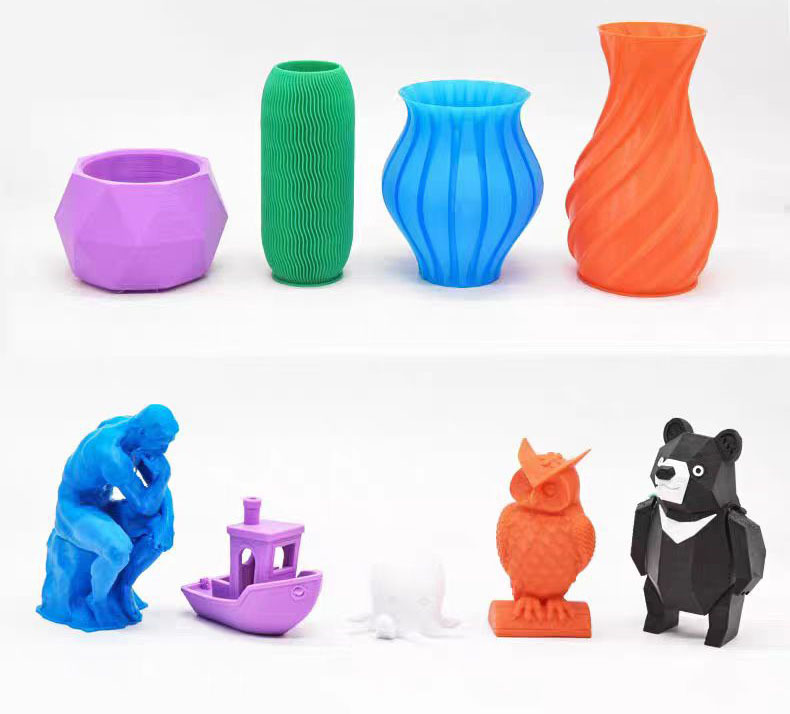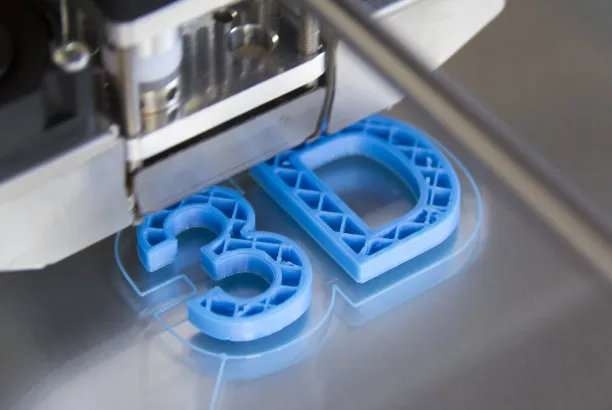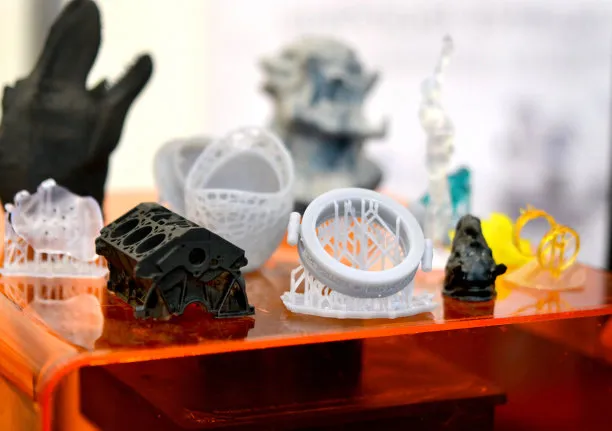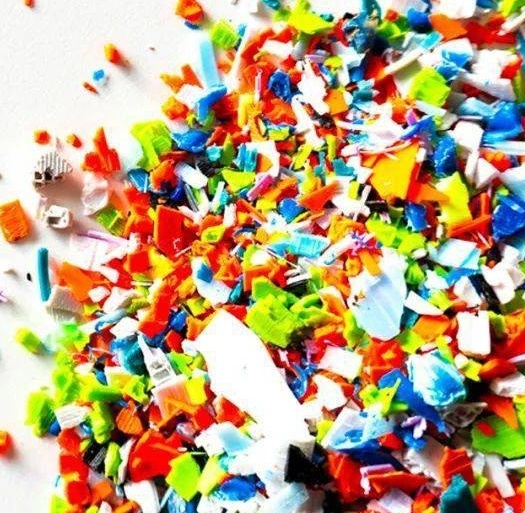Types and characteristics of 3D printing materials
Release time:2025-02-20
3D printing materials can be classified according to their physical and chemical properties
3D printing materials can be classified according to their physical and chemical properties, mainly including solid materials, liquid materials and gaseous materials, as well as metal materials, plastic materials, biological materials, ceramic materials and photosensitive materials. What
Type and characteristics
Solid materials:
Fused deposition material: This is one of the most commonly used materials in 3D printing. The material is melted by heating and then deposited on the bottom layer to form an object. PLA and ABS are common.
Powder deposition materials: used for selective laser sintering (SLS) and other technologies, such as nylon, stainless steel, etc.
Polymer materials: including polylactic acid (PLA), polyetheretherketone (PEEK), etc., with high strength, high temperature resistance and other characteristics.
Nanocomposites: the properties of reinforced materials, such as carbon fiber reinforced materials, have high strength and rigidity.
Liquid materials:
Photosensitive resin: used for UV curable 3D printing, such as SLA technology, with high precision and smooth surface, suitable for appearance parts and functional parts.
Biomaterials: used in biomedical fields, such as cell materials, for printing biological tissues and organs.
Gaseous materials:
At present, there are few applications in the field of 3D printing, but there may be more research and development in the future.
Related Blog








